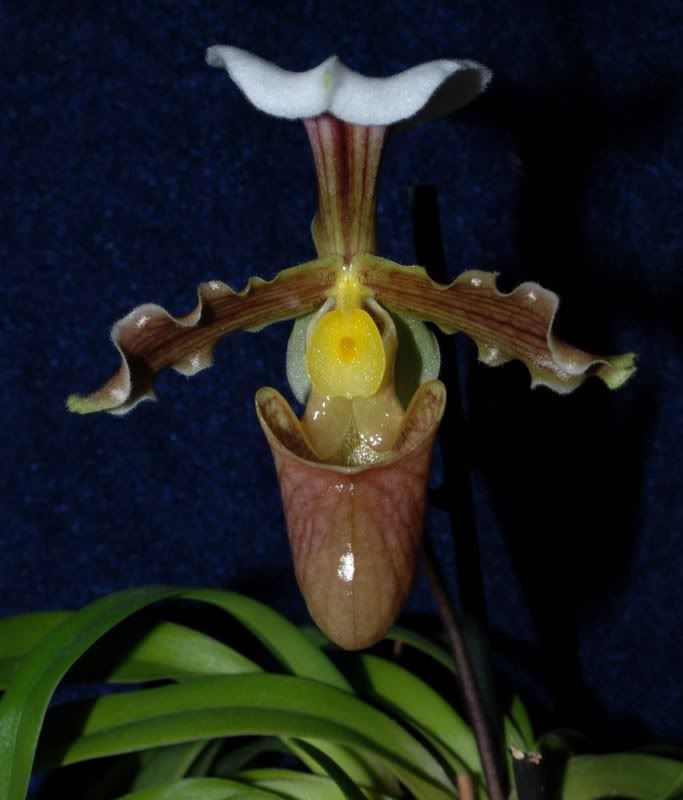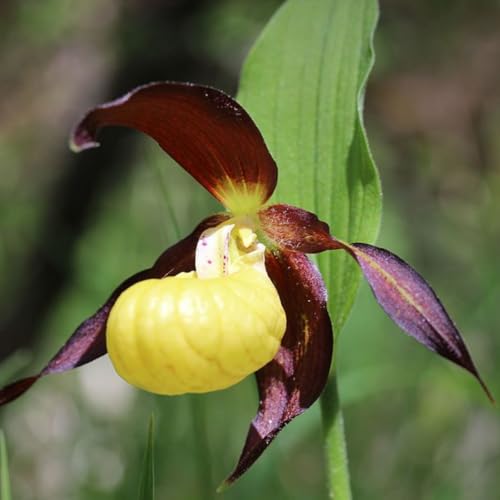O
ORG
Guest
Not so well known are the hybrids of Paphiopedilum tranlienianum. All these hybrids grow and flower very well and easy on the windowsill.
Here a cross which flowered now the third time in 2 years, The cross with Paph. barbigerum, the Paph. René.
I am sure that the variety Paph. barbigerum var. corccineum was used for this cross.

Best greetings
Olaf
Here a cross which flowered now the third time in 2 years, The cross with Paph. barbigerum, the Paph. René.
I am sure that the variety Paph. barbigerum var. corccineum was used for this cross.

Best greetings
Olaf












































